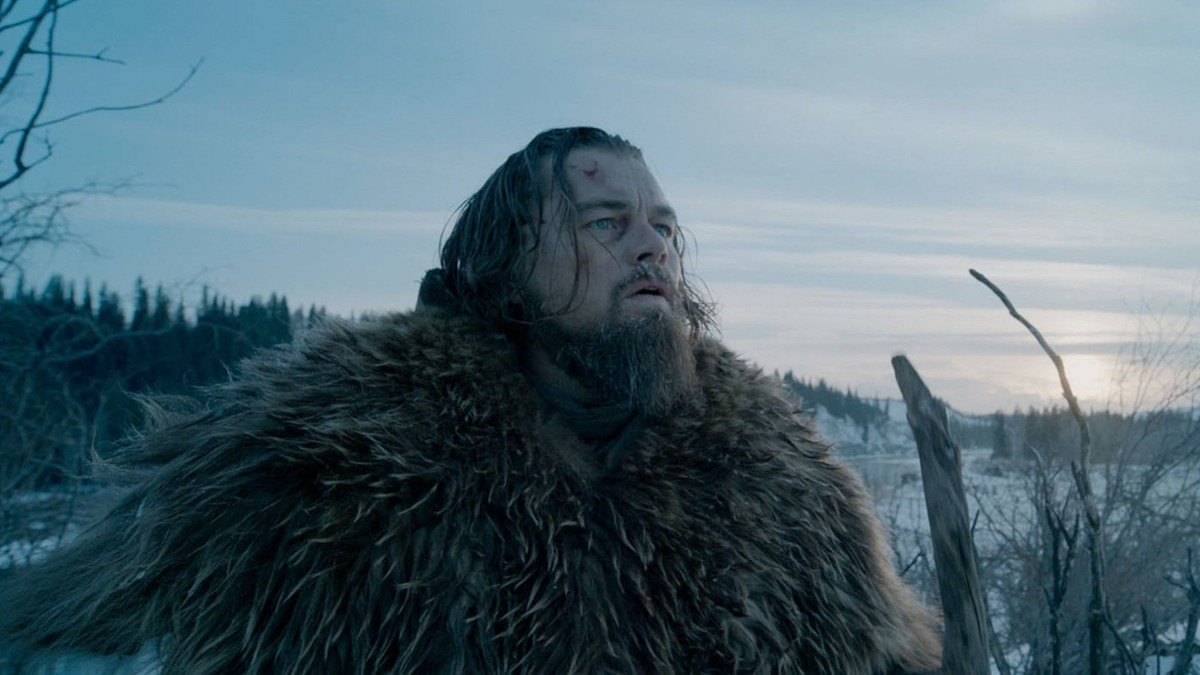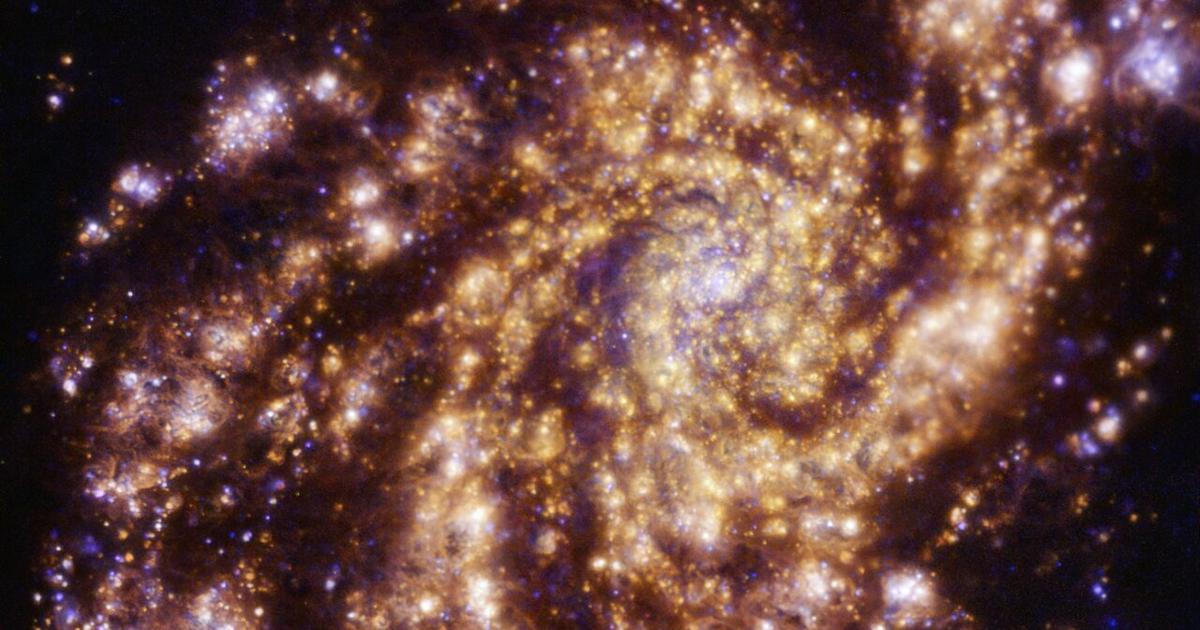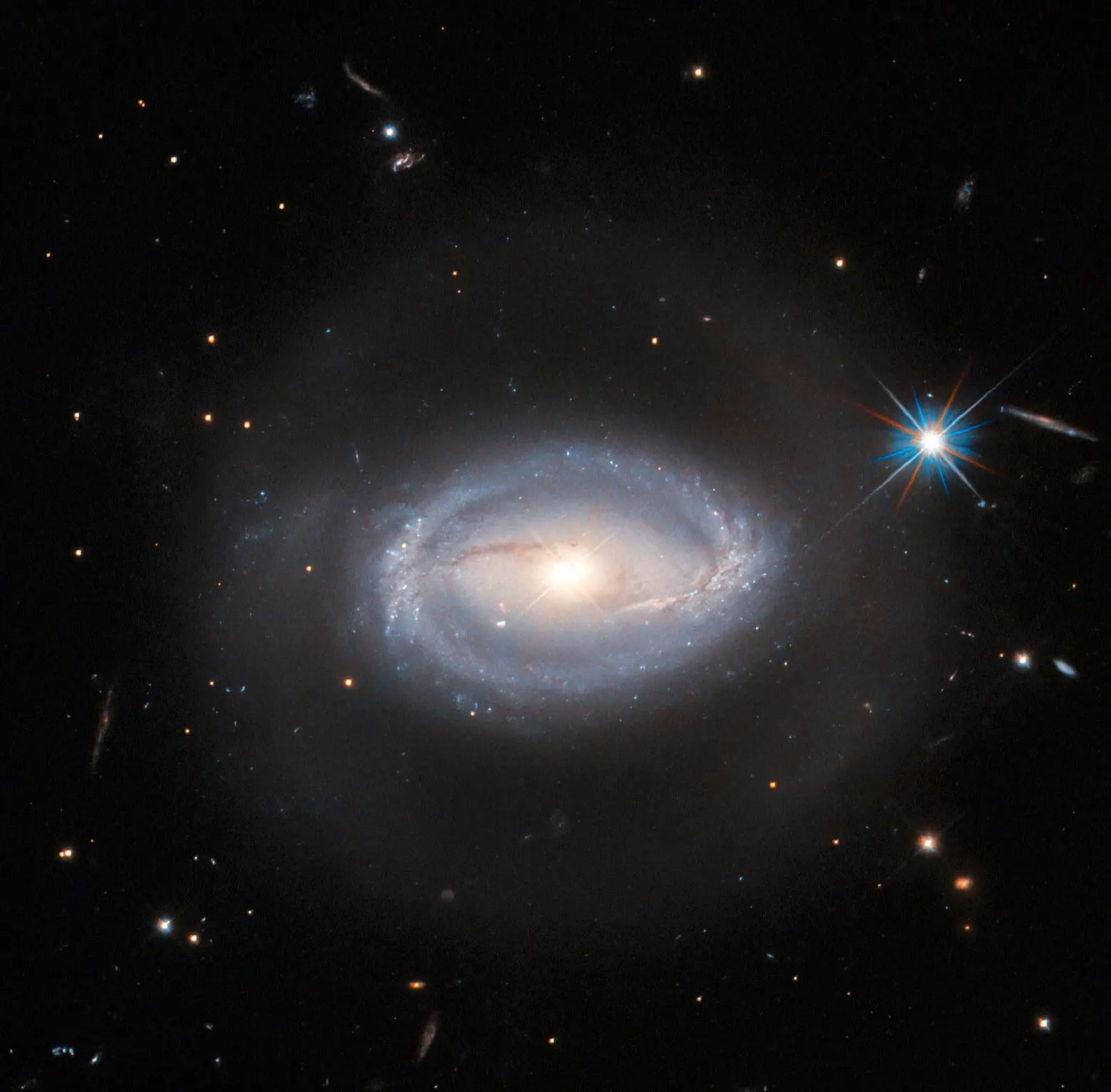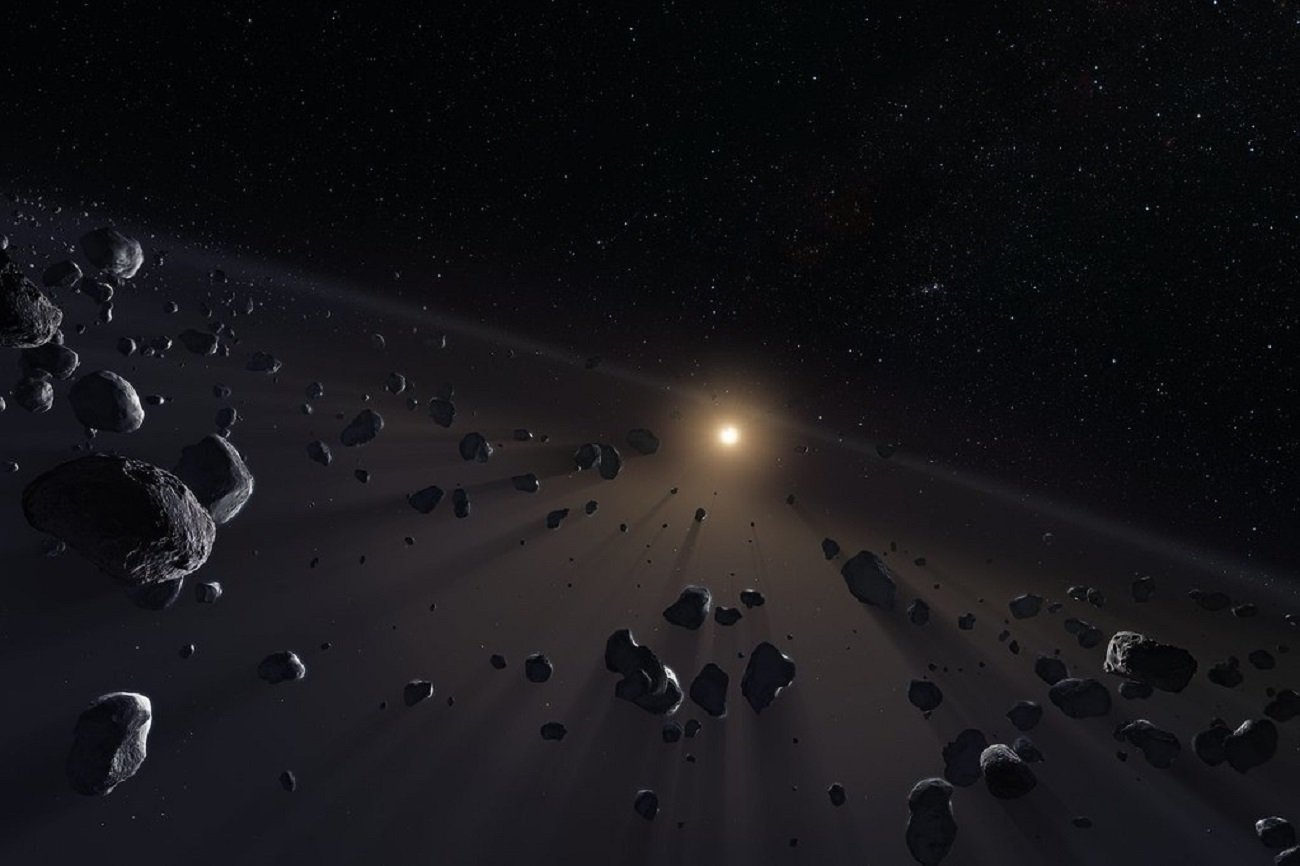The James Webb Space Telescope (JWST) has finally revealed the first full-size image of the universe. Posted in a press conference announced a month ago. In early June, NASA, the European Space Agency (ESA) and the Canadian Space Agency (CSA) announced that the publication of the first full-size images and spectroscopic data from the Webb telescope would take place on July 12.
However, on July 11, US President Joe Biden, Vice President Kamala Harris and NASA Administrator Bill Nelson unveiled the first full-size images from the Webb Telescope of the SMACS 0723 galaxy cluster at a press conference at the White House (more in the text: The President of the United States showed the first deep space image by JWST). The following images were shown to the general public the following day (more in the text: The Webb Telescope opens your eyes to the universe. The official start of the scientific work and a package of the first images). But it turns out that this is not the end of the revelation. NASA hid images of Jupiter in a telescope launch document.
Earlier, before the official publication of the first images from the Webb telescope, there were test images for the calibration of various telescope instruments. It turns out that JWST took pictures of Jupiter in the process.
These photos were published as part of the JWST launch report. This document provides detailed information on all tests carried out on scientific instruments on board the observatory.
The images show the planet, its rings and its three moons – Europa, Thebes and Metis. In the left image, next to the Great Red Spot, Europa’s shadow is also visible.
The images were taken with the NIRCam near the infrared camera using two different filters to focus on different wavelengths of light. The image was created as part of a test to check whether JWST can track fast-moving objects in the solar system. Jupiter was the slowest, but largest and most exciting of the nine moving targets used in the test, and it showed Webb could track objects even when a bright planet reflected light.
The test also showed that it is possible to use JWST to image details such as moons and rings around a bright planet like Jupiter.
“It was expected that observing the bright planet and its moons and rings would be difficult due to scattered light that could affect the scientific instrument used, but also because a high-resolution targeting sensor would have to track stars near the bright planet,” we read in a report. It might be hard, but it turns out it’s possible.
This is good news because it means that JWST will be useful for tracking near-Earth objects or comets.
In general, the operating report shows that JWST is performing better than expected. The experts concluded that “JWST is fully capable of making the discoveries for which it is built”.

Echo Richards embodies a personality that is a delightful contradiction: a humble musicaholic who never brags about her expansive knowledge of both classic and contemporary tunes. Infuriatingly modest, one would never know from a mere conversation how deeply entrenched she is in the world of music. This passion seamlessly translates into her problem-solving skills, with Echo often drawing inspiration from melodies and rhythms. A voracious reader, she dives deep into literature, using stories to influence her own hardcore writing. Her spirited advocacy for alcohol isn’t about mere indulgence, but about celebrating life’s poignant moments.










